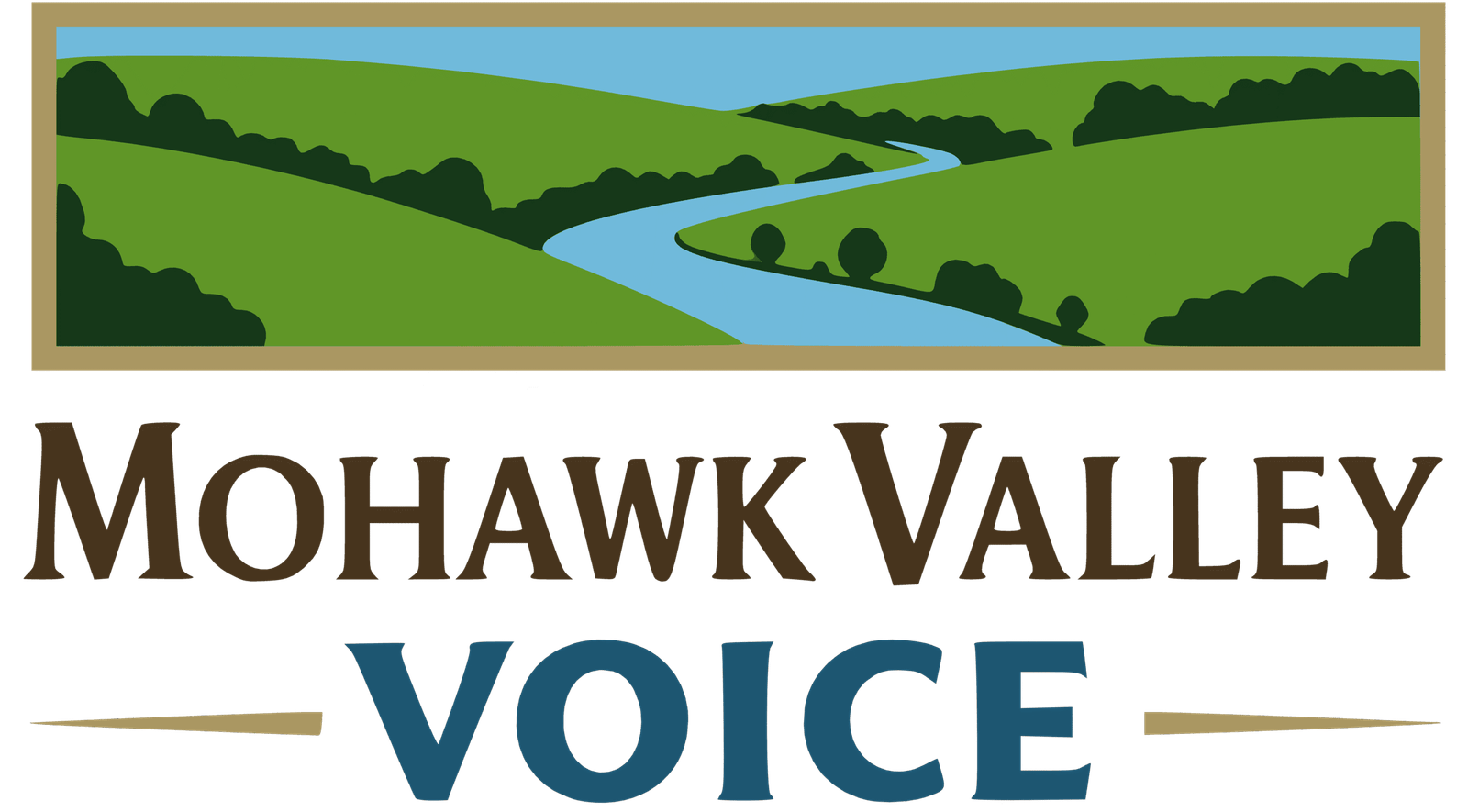Design Will Improve Resiliency, Help Mitigate Impacts of Extreme Weather and Protect Shoreline Against Sea-Level Rise
Governor Kathy Hochul today announced funding to advance construction of major elements of the Manhattan Greenway’s Harlem River section to help connect neighborhood residents to the waterfront and bolster protections from extreme weather and sea level rise. The project, formally known as Manhattan Greenway Harlem River, includes a reconstructed seawall, new pathways for pedestrians and bikes, as well as a brand-new seven-block waterfront park funded in part by $43 million from the $4.2 billion Clean Water, Clean Air and Green Jobs Environmental Bond Act.
“New York State is investing in Harlem and other neighborhoods across the city with support from the $4.2 billion Environmental Bond Act, connecting communities to the waterfront while also making these areas more resilient and sustainable,” Governor Hochul said. “Last week’s severe flooding and resulting State of Emergency declaration are reminders that extreme weather is no longer a rare occurrence — it’s our new reality. This project comes at a critical time as we double down on building climate resilience, protecting vulnerable areas, and expanding access to safe and healthy outdoor spaces.”
Part of the broader Manhattan Waterfront Greenway initiative to create a 32.5-mile ring of green space around the island of Manhattan, the $309 million Harlem River project is a New York City-led effort to reshape Harlem’s shoreline. The Greenway will provide essential climate-friendly transportation, filling critical gaps that connect to the Empire State Trail through a landscaped corridor designed to absorb and retain rainfall, sensitively manage stormwater, and mitigate future flood events.
New York State is contributing $43 million in funding from the Environmental Bond Act, administered by the Department of Environmental Conservation (DEC), to address climate vulnerability in a disadvantaged community by elevating the shoreline to reduce risks from sea level rise and intense storms, while also expanding waterfront access for East Harlem. The site will be elevated approximately two feet to an elevation of 11 feet, helping provide protection from sea level rise to 2080 projections. The new park will add hundreds of trees and shrubs, and two acres of lawns, helping to reduce urban heat island impacts in East Harlem and absorbing and retaining stormwater.
Additional project features include passive lawns, seating, fitness areas, a playground, public art, and community spaces for a neighborhood with some of the highest population vulnerabilities and environmental burdens in the state.
The project is a collaboration between New York City Economic Development Corporation, New York City Parks, and many other agencies, including New York City Department of Environmental Protection’s integration of necessary storm sewer upgrades within the project area to help manage stormwater and reduce flood risk for the neighborhood.
New York State Department of Environmental Conservation Commissioner Amanda Lefton said, “New York State’s Environmental Bond Act investment in the Manhattan Greenway is a textbook example of how Governor Hochul is centering equity and advancing climate resilience in careful consideration of specific community needs and vulnerabilities, here in the city and across the state. DEC’s $43 million commitment to the Harlem River Greenway will help address climate vulnerabilities and disparities in one of the nation’s most disadvantaged communities by elevating the shoreline to reduce risks from climate change-driven sea level rise and intense storms, while connecting East Harlem residents with expanded waterfront access. I am thrilled to see progress underway to connect local residents with the waterfront and new opportunities to get outside and enjoy Manhattan.”
New York City Parks Commissioner Iris-Rodriguez Rosa said, “We’re so grateful for the State for their support in championing this investment in new open space and resiliency improvements along the East River. Construction is already underway on Manhattan Greenway Harlem River and we look forward to providing more updates to the community as the project progresses.”
New York City Economic Development Corporation President & CEO Andrew Kimball said, “This is a major step forward to completing the Manhattan Greenway Harlem River project from 125th-132nd Street that will connect the East Harlem community back to the waterfront and build a more equitable and greener New York City. NYCEDC, alongside our State and local partners, is committed to expanding New York City’s already robust greenways system, working to close critical gaps in the system in order to build a more sustainable, resilient, and interconnected future for New York City.”
State Senator Robert Jackson said, “The Harlem River has long been a dividing line—between access and exclusion, between concrete and canopy. But this $43 million investment begins to rewrite that legacy. Through the Environmental Bond Act, we are not just building a greenway—we are repairing environmental harm and reclaiming what our communities were denied for generations. We are transforming a scarred shoreline into a living corridor of resilience and equity, reconnecting East Harlem to its rightful riverfront. I commend Governor Hochul for her partnership in helping to advance this vision and for recognizing that environmental justice demands bold, targeted investments. This is what justice looks like in action—public space, clean air, and climate infrastructure rooted in dignity and democracy. Because everyone has a right to clean air and clean water.”
State Senator Cordell Cleare said, “This project represents the best of both worlds—strengthening the connection between our community and the Harlem River Waterfront while simultaneously building in resilience and environmental protections. This type of endeavor should be replicated all throughout Northern Manhattan, both East and West. I commend Governor Hochul for smartly prioritizing this initiative.”
Assemblymember Jordan J.G. Wright of Harlem said, “From Hurricane Sandy to the recent heat waves that New Yorkers have endured so far this summer, we know that extreme weather is the new normal. Protecting Harlem and its residents from potential flooding and other types of erratic weather, while also bringing new access to our local waterfront, is smart use of the Environmental Bond Act funding. The Harlem River Greenway Project creates jobs, brings more open space and riverfront activities to the community, and is a powerful step towards achieving environmental justice. Neighborhoods like Harlem deserve the protection of a newly designed seawall as well as greater access to the waterfront and all that it has to offer residents and businesses alike. I commend Governor Hochul for spearheading this important effort which will improve the quality of life for the people of Harlem and beyond.”
Manhattan Borough President Mark Levine said, “I am thrilled that New York State is investing in the Harlem River Greenway. This funding is an investment in climate equity that will provide the East Harlem community with much-needed new park space, bike and pedestrian paths, and climate-resilient infrastructure. Completing the Manhattan Waterfront Greenway has long been one of my top priorities and I am glad to see the State partner with the City to move toward that goal. Thank you to Governor Hochul for this important State investment in our borough.”
New York City Council Member Yusuf Salaam said, “This investment in the Harlem River Greenway marks a turning point. For too long, our community has been cut off from its own waterfront, a barrier not only to recreation and green space, but to resilience in the face of climate change. With this $43 million commitment from the Environmental Bond Act, Governor Kathy Hochul is helping to reconnect Harlem residents to the river, while building a stronger, safer, and more sustainable shoreline. This project is about equity, climate justice, and investing in the health and well-being of Harlem families. I’m proud to stand with our partners in government as we finally bring this long-overdue transformation to life.”
New York City Council Member Carmen De La Rosa said, “For environmental justice communities like Upper Manhattan and the Bronx, investments in climate resiliency are not only necessary, they are urgent. As weeks of heavy rainfall flood our subways, our apartments, and our parks, it is communities like mine that feel the impacts the most. We look forward to the investments in Washington Heights, Inwood, and Marble Hill from the $43M Environmental Bond Act, and thank Governor Hochul for addressing the dire need for infrastructural improvements and climate change preparedness.”
The project builds on Governor Hochul’s efforts to encourage affordable outdoor recreation. The Fiscal Year 2026 Budget includes $200 million for State Parks to invest in and aid the ongoing transformation of New York’s flagship parks and support critical infrastructure projects throughout the park system. The Governor’s new Unplug and Play initiative also earmarks $100 million for construction and renovation of community centers through the Build Recreational Infrastructure for Communities, Kids and Seniors (NY BRICKS), $67.5 million for the Places for Learning, Activity and Youth Socialization (NY PLAYS) initiative helping New York communities construct new playgrounds and renovate existing playgrounds; and an additional $90 million for the continuation of the NY SWIMS initiative.
New York’s Clean Water, Clean Air and Green Jobs Environmental Bond Act
On Nov. 8, 2022, New York voters overwhelmingly approved the $4.2 billion Environmental Bond Act. State agencies, local governments, and partners will be able to access funding to protect water quality, help communities adapt to climate change, improve resiliency, and create green jobs. Bond Act funding will support new and expanded projects across the state to safeguard drinking water sources, reduce pollution, and protect communities and natural resources from climate change. Progress on implementing funding continues, with New York State awarding approximately $1.8 billion, or 25 percent, of Bond Act funds to date.
This Harlem River project is the latest step in Bond Act investments to enhance shoreline resiliency, encourage economic development, revitalize neighborhoods, and bolster recreational opportunities. In April, the Governor announced $60 million in Environmental Bond Act funding is available now for Green Resiliency Grants to support vital stormwater management and resilient infrastructure projects in flood-prone communities across New York State. Applications for this program are due by Aug. 15, 2025. To learn more about Bond Act-supported projects, sign up for updates, and find other resources available for resilient initiatives, visit environmentalbondact.ny.gov.




